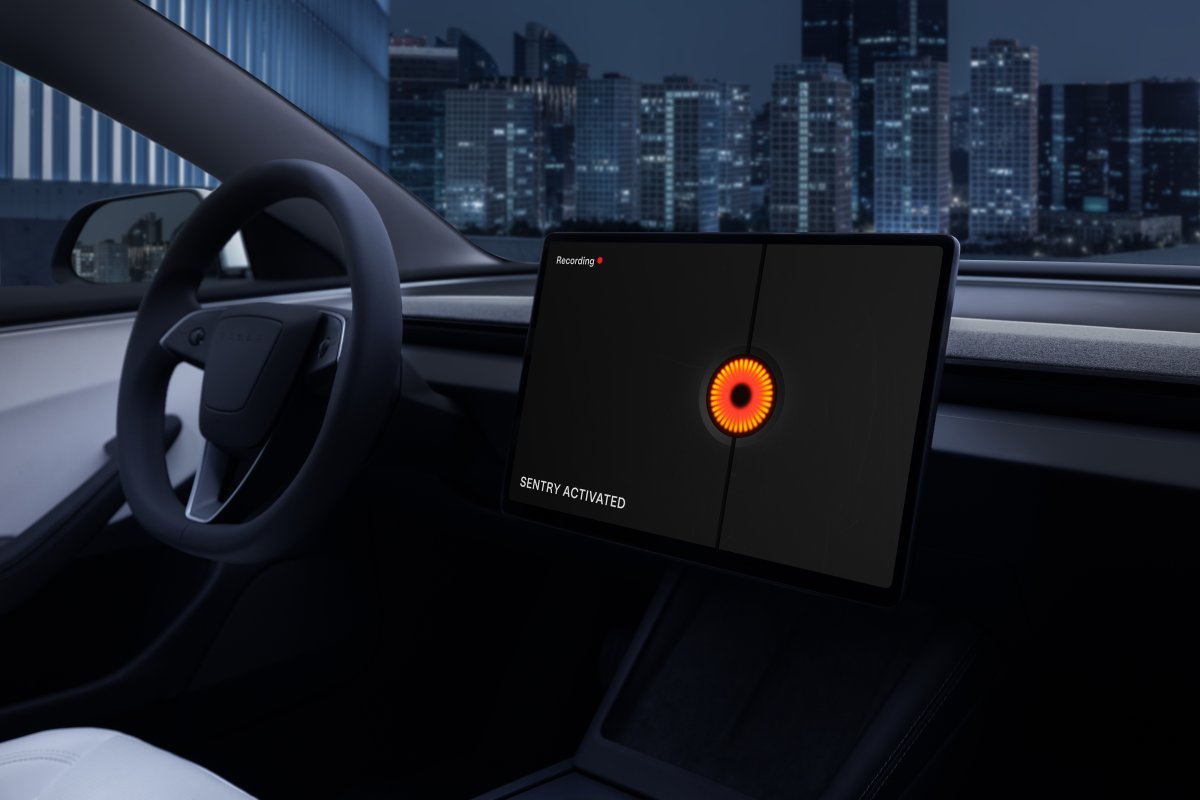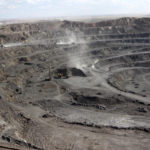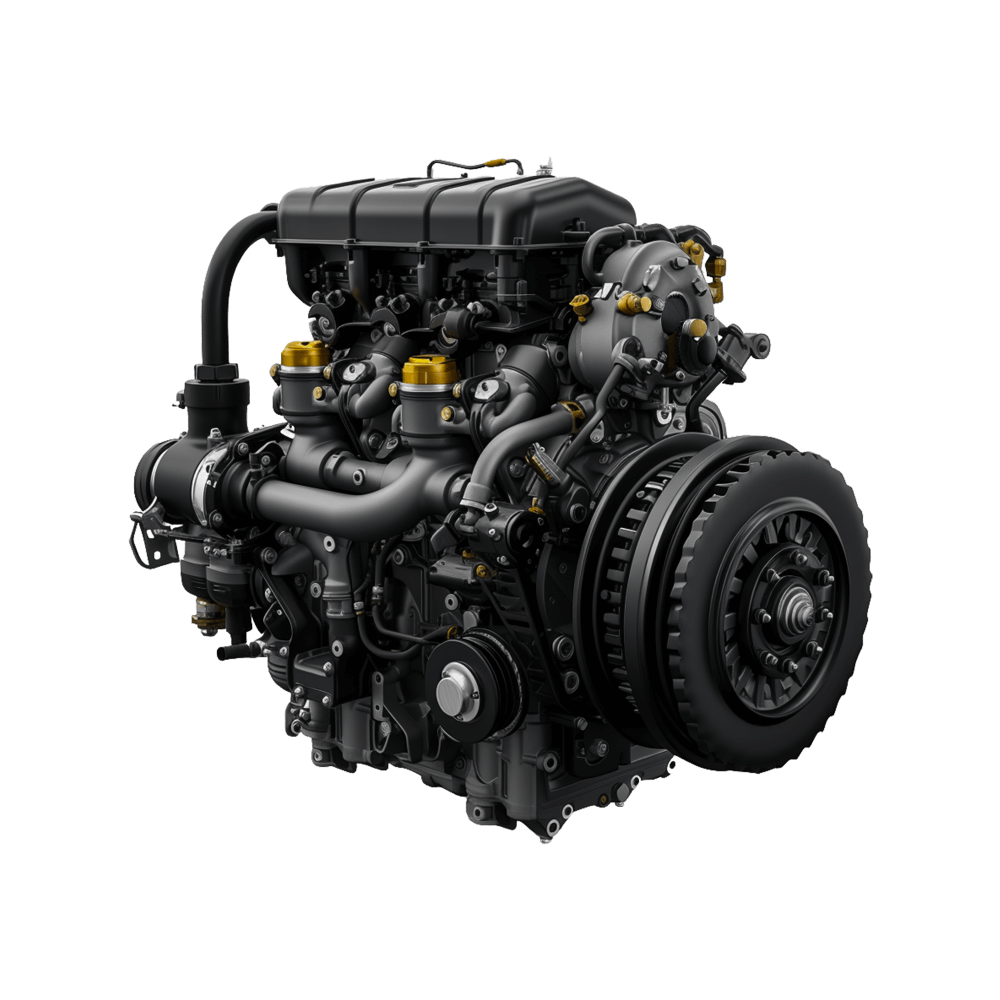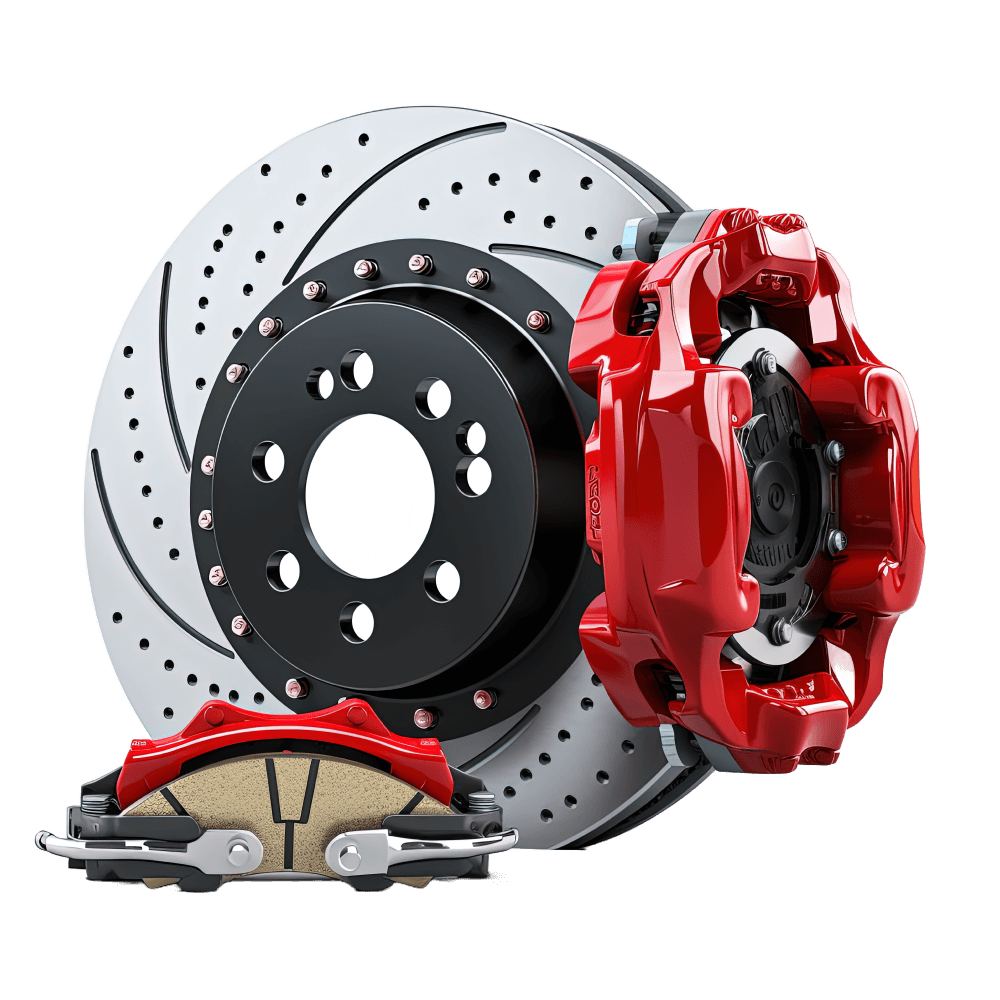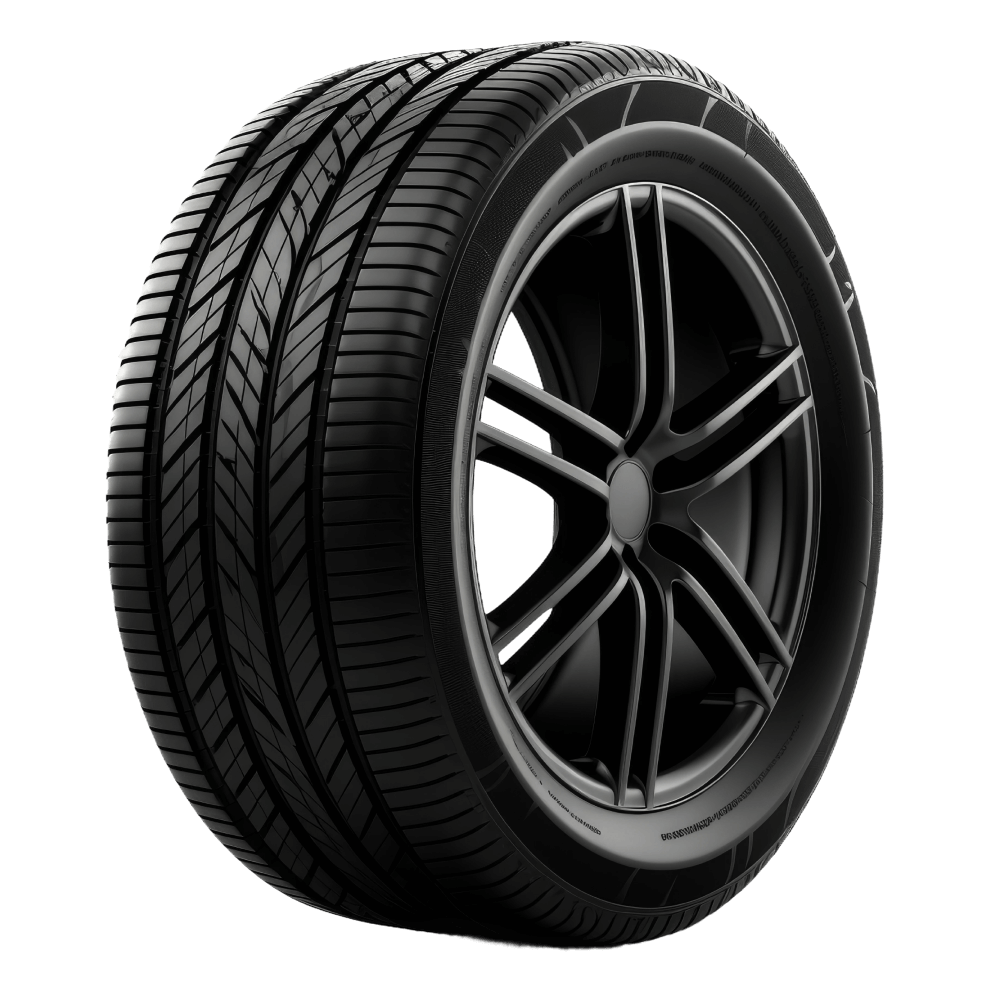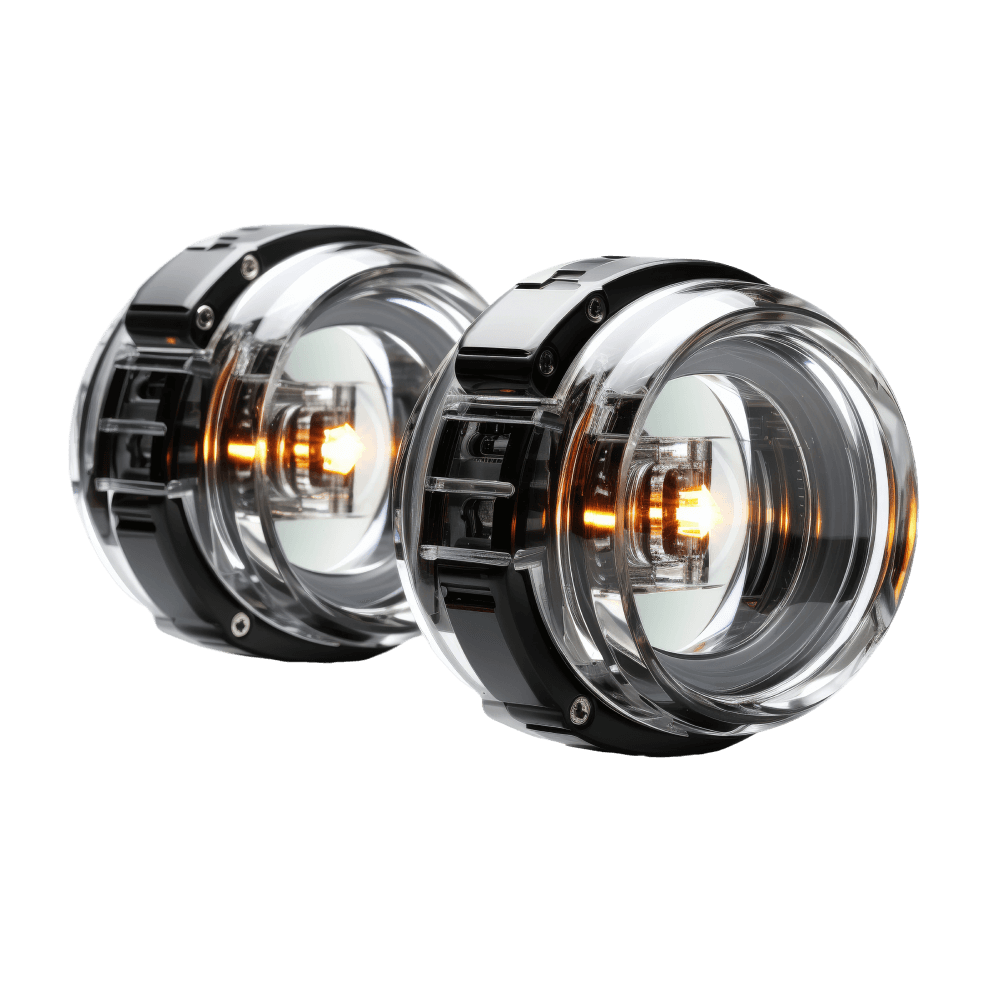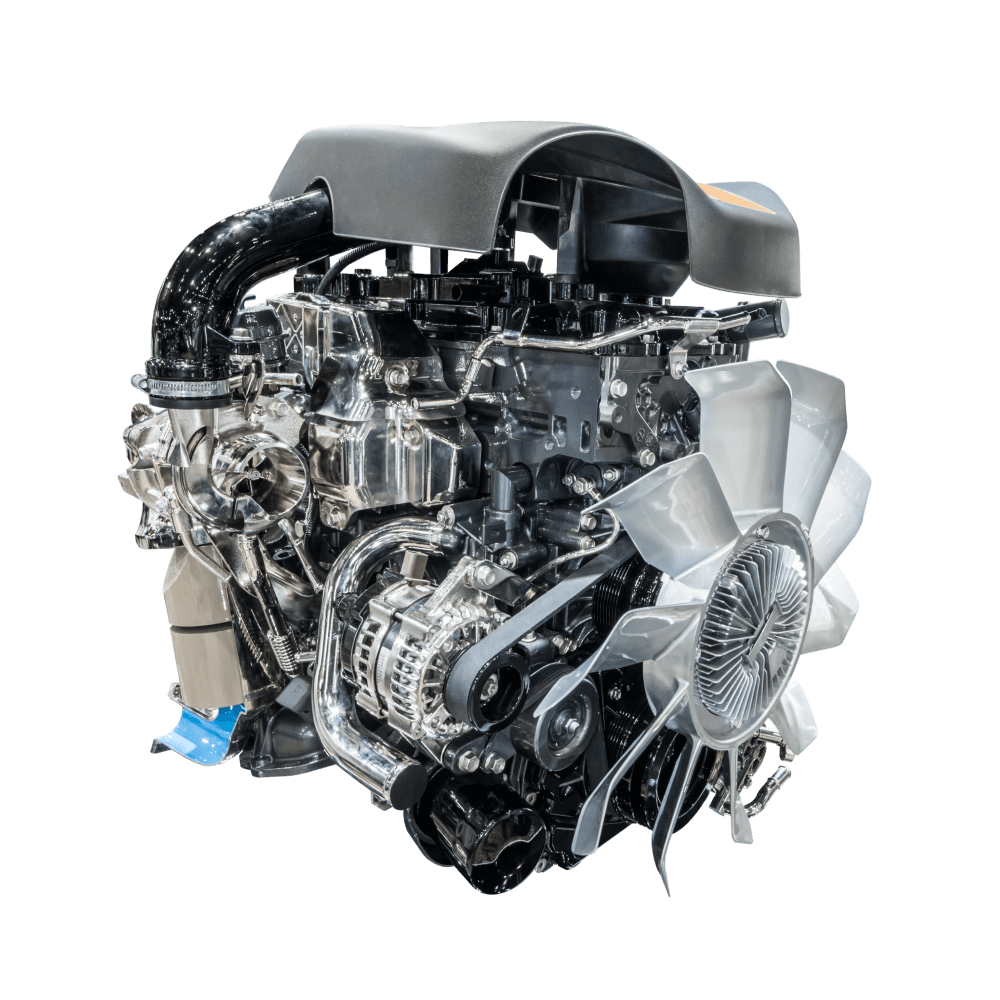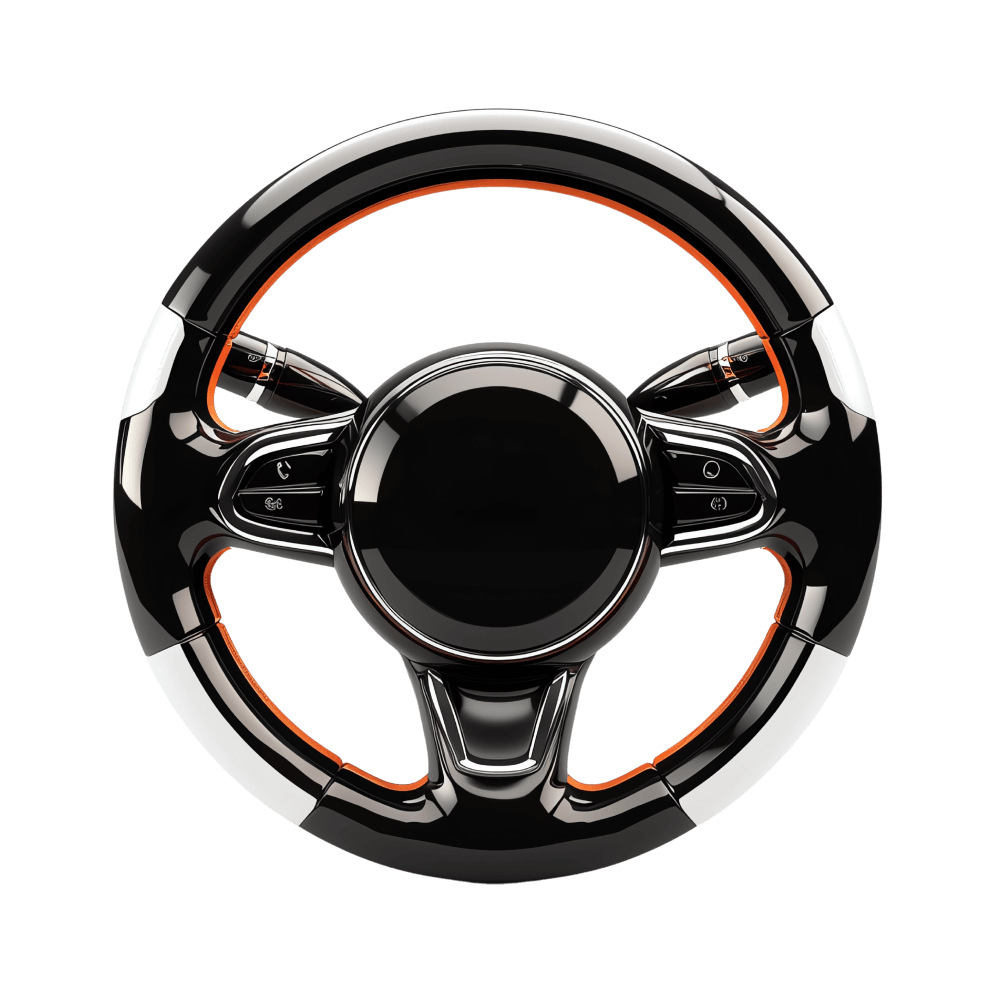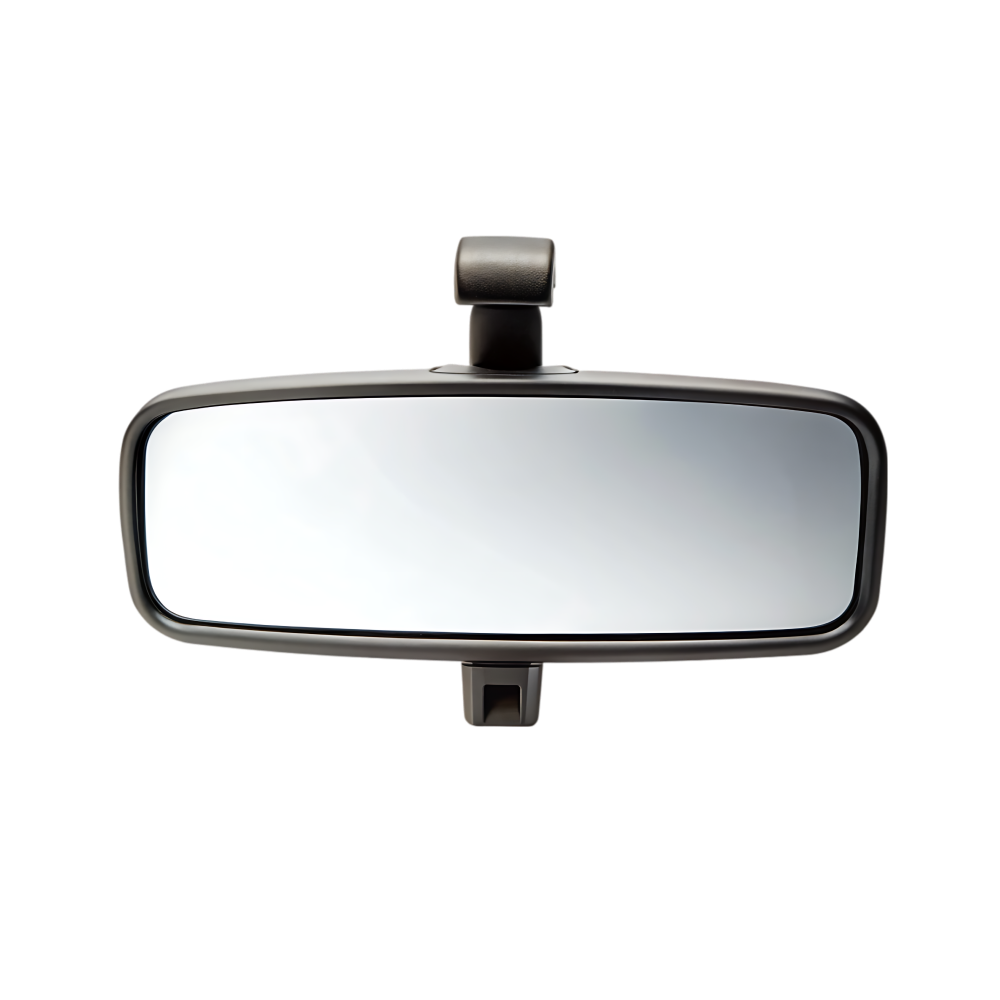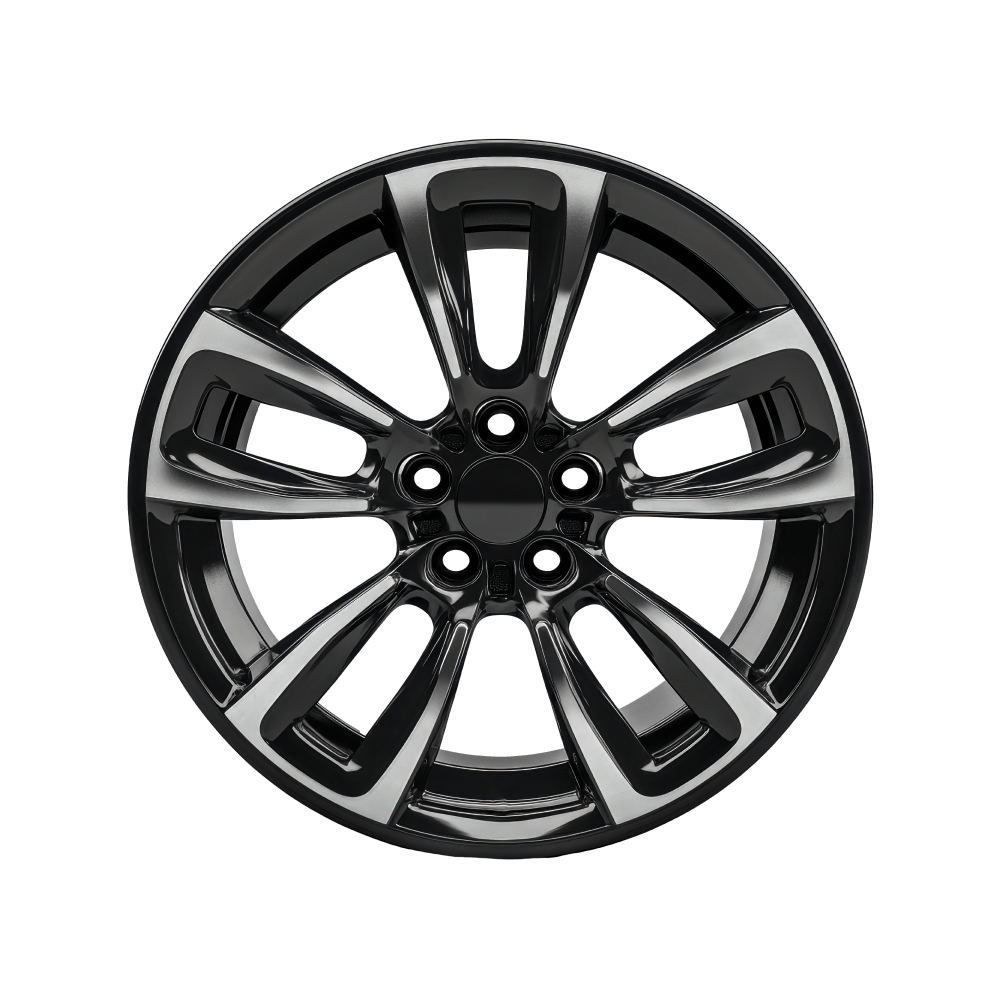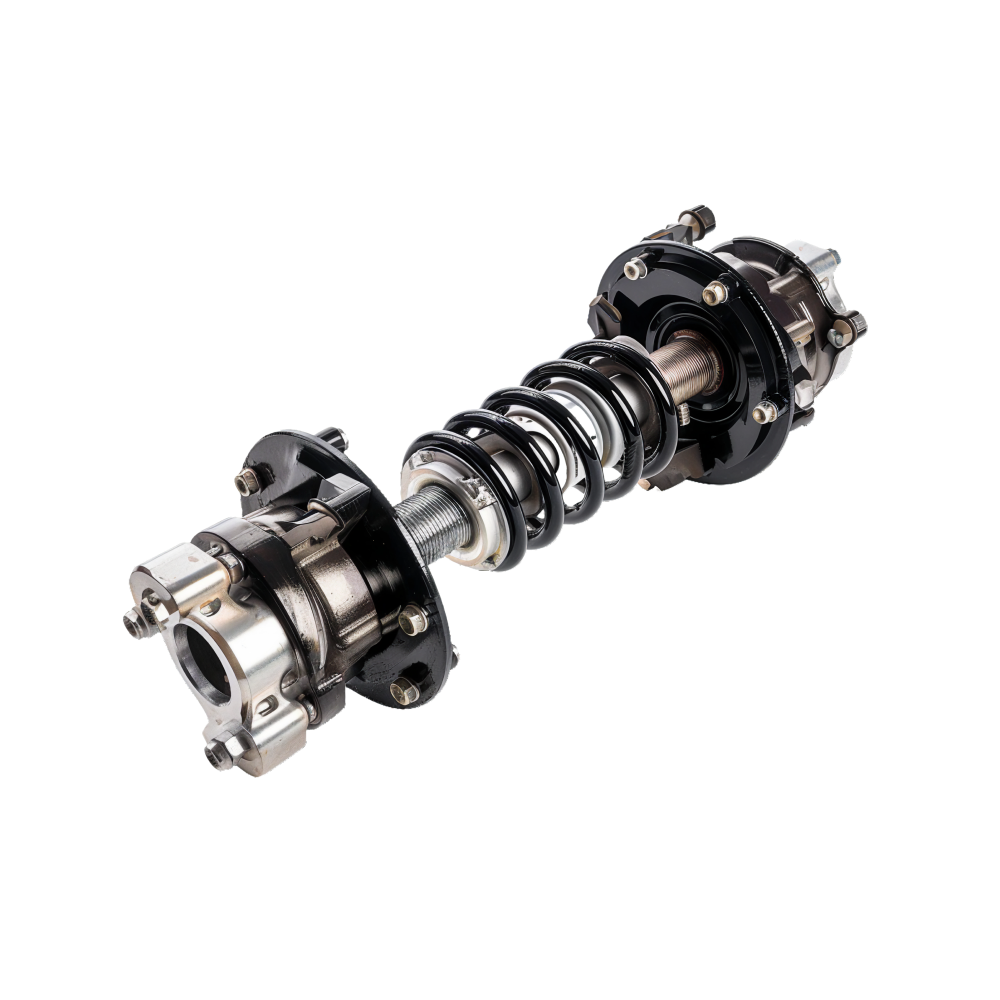In a validation of Tesla’s integrated and intelligent security systems, a new study from the independent Insurance Institute for Highway Safety (IIHS) has revealed that the Model 3 and Model Y are the least likely vehicles to be stolen in the United States.
The data essentially confirms the effectiveness of Tesla’s Sentry Mode and live camera viewing to deter thieves. The report found that electric vehicles in general are 85% less likely to be stolen than the industry average, and Tesla leads that pack by a massive margin.
The IIHS data on whole-vehicle theft claims is fairly cut and dry. The report uses a relative claim frequency, where a score of 100 represents the average for all vehicles. Tesla’s scores are so low that they are in a category by themselves.
The Model 3 and Model Y are ranked number one and two, with an incredibly low relative claim frequency of just 1 and 2. The Model S came in fifth with a score of 5, likely due to its higher value.
To put that into perspective, the most stolen vehicle, the Chevrolet Camaro ZL1, had a relative claim frequency of 3,949. That means a Camaro is nearly 4,000 times more likely to be the subject of a vehicle theft claim than a Model 3.
This isn’t just by luck; it’s all by design. Every Tesla is protected by a series of integrated features that work together to help deter thieves and to track down or disable the vehicle in the event it is stolen, but it goes far beyond just Sentry Mode.
The foundational feature here is that every Tesla is always connected. A constant cellular connection allows the owner to track the car’s precise GPS location in real-time through the Tesla app, which can be relayed to police in the event of the vehicle ever being stolen.
Combine this with app control, and you can slow down the vehicle to a max speed of 50 mph. You can also lock your belongings in the glovebox and remotely look inside the vehicle with live camera viewing. You can even enable Valet Mode to reduce access to personal information.
Plus, remote notifications in the event of an incident are invaluable.
When you pair these with Sentry Mode as a deterrent, you’ve got an unbeatable combination. Using your vehicle’s cameras that are normally used for safety, Autopilot, and FSD, you can monitor your vehicle’s surroundings, and if a threat is detected, your vehicle will flash the lights, display a warning on the screen, and record, all while informing you.
Finally, if you’re being extra cautious, you can enable PIN to Drive. This is your final, but simplest level of security. An optional four-digit pin that must be entered in the vehicle before every drive can deter even those who make it past Sentry Mode. Without the code, your car is nothing more than a big, easily traceable brick.
The least stolen vehicles according to IIHS:
Vehicle
Relative claim frequency (100 = avg)
Tesla Model 3 AWD
Midsize luxury car (electric)
1
Tesla Model Y AWD
Midsize luxury SUV (electric)
2
Tesla Model 3 RWD
Midsize luxury car (electric)
2
Toyota RAV4 Prime 4WD
Small SUV (plug-in hybrid)
5
Tesla Model S 4WD
Large luxury car (electric)
5
Volvo XC90 4WD
Midsize luxury SUV
6
Volvo XC40 4WD
Small luxury SUV
7
Ford Mustang Mach-E
Midsize SUV (electric)
8
Volkswagen ID.4
Midsize SUV (electric)
9
Subaru Crosstrek 4WD with EyeSight (2024)
Small station wagon
9
The worst offenders:
Vehicle
Relative claim frequency (100 = avg)
Chevrolet Camaro ZL1
Large sports car
3,949
Acura TLX 4WD
Large luxury car
2,138
Chevrolet Camaro
Large sports car
1,287
GMC Sierra 2500 crew cab 4WD
Very large pickup
1,023
Acura TLX 2WD
Large luxury car
805
GMC Sierra 3500 crew cab 4WD
Very large pickup
742
Chevrolet Silverado 3500 crew cab 4WD
Very large pickup
662
Dodge Durango 4WD
Large SUV
592
Land Rover Range Rover 4WD
Large luxury SUV
540
Ram 1500 crew cab short-wheelbase 4WD
Large pickup
524
For years, Tesla owners have been frustrated by insurance premiums that often don’t seem to match the advanced safety and security features built right into every single Tesla. This definitive, data-backed report from a highly respected and independent organization like the IIHS provides insurers with the information they’ll need to evaluate their risk profiles.
Hopefully, in the near future, this data-backed security should lead to lower insurance premiums for Tesla owners. While the insurance industry is often slow to adapt, they’re greatly focused on data, and this data is what they need to justify increasing or decreasing premiums.
Thieves have already caught on—maybe it’s time insurers did too.
Subscribe to our newsletter to stay up to date on the latest Tesla news, upcoming features and software updates.
Tesla’s next major software update, 2025.32, is now being tested by employees. This is generally one of the last phases before a public rollout begins, and we’ve got a fairly good idea of what’s coming up in this next major update.
Based on recent discoveries, confirmations from Tesla’s executives, and some long-standing user requests, 2025.32 is shaping up as the 2025 Summer Update, with a wide variety of features for many Tesla owners.
A recent decompile of the Tesla App revealed a new, highly-requested Low Power Mode, designed to combat vampire drain when the vehicle is parked for extended periods. This vacation mode button will disable all high-drain features like Sentry Mode, Summon Standby, Scheduled Preconditioning, and more, while keeping essential connectivity active.
Since the feature’s logic has already been found hidden in the app, it seems that the necessary vehicle update will follow and activate the new feature with update 2025.32. Read more about Low Power Mode.
This is one of the most anticipated features for Cybertruck owners, and it has been confirmed to be coming soon. After being conspicuously absent since launch, Siddhant Awasthi, the Cybertruck Program Manager, finally confirmed that the B-pillar camera recording for both Sentry Mode and Dashcam is coming soon.
He stated that the development work has recently been completed, and the feature was pending final validation. The timeline for the 2025.32 release aligns perfectly with the completion of that process, so owners can look forward to 360-degree security soon.
The latest Tesla app added support for viewing the B-pillar cameras in Sentry Mode and Dashcam footage.
There are several other features we’ve seen recently that could also be enabled in update 2025.32, including a wake word to activate Grok. While we expected a simple wake word to activate the feature, Tesla is going all out here with surprises we weren’t expecting.
In China, Tesla introduced the “Hey, Tesla” wake word to activate their in-car assistant, which is different from Grok. However, this is much more than a wake word. The Model Y L includes seat-specific voice controls that allow users to carry on a conversation or restrict interaction with the voice assistant to only certain individuals in the car. This could come to Grok as well.
Second is the arrival of Unreal Engine-based visualizations. Tesla is preparing to switch its in-vehicle visualizations from the open-source Godot Engine to the extremely powerful Unreal Engine. This one will likely be available for AMD-based (MCU3) vehicles, and likely not for older vehicles, due to the compute power required.
With this switch, expect Tesla to cover the visualizations it already includes with Godot, possibly with higher detail or better lighting. However, it’s what comes next that will be truly exciting.
We already know that Tesla is planning to add visualizations for trailers and potentially Cybertrucks, but we expect a lot more to be added in the future. First, expect traffic cones, garbage bins, and speed bumps to make a return, but after that, we may see a whole new set of visualizations that help the driver understand what the vehicle sees already. We could see poles, mailboxes, gates, and much more added to the visualization.
As Tesla’s in-car assistant, Grok, continues to mature, 2025.32 could bring a number of improvements, potentially focusing on expanding Grok's availability to more regions. Currently, Grok is limited to the United States and hasn’t been rolled out to any other regions.
There are a lot of improvements we expect in Grok, including:
Activation through a wake word
Vehicle command integration
Expansion to new regions
Intel support
We expect Tesla to continue slowly rolling out Grok and its capabilities across North America and Europe over the course of this year.
For now, we don’t expect Grok to be able to handle vehicle commands, but instead, we could see an optimized version of Grok for older, Intel-based (MCU2) vehicles as part of this release.
In an almost forgotten feature, Tesla is due to add their custom wrap visualization feature to additional models. Tesla added support for the Cybertruck with the 2024 Holiday Update and later announced that the feature would also be coming to other models.
While Tesla already supports the Colorizer feature that allows you to change your vehicle’s color in the visualization and in the app, the custom wraps feature takes that to a whole new level, allowing owners to create their own vehicle skins with decals, words, and essentially anything you can imagine.
Finally, a major update is the perfect time to add in some smaller, requested features. One of the top contenders is the ability to save lumbar support adjustments to driver profiles, a feature owners have been asking for. In update 2025.26, we saw improvements to Car Wash Mode, a new vehicle lock alert, and ambient lighting integration into Sentry Mode.
Update 2025.26 also expanded the Child Left Alone Detection support to New Zealand and Australia, so we may see that extended to North America or additional vehicles as well.
Tesla update 2025.32 won’t include the upcoming September major V14 FSD Update, as Tesla always separates new vehicle features from FSD updates to minimize potential issues. However, for HW4 owners, that’s another exciting update to look forward to.
That update will likely roll out on its own to early-access customers sometime in mid-to-late September, and with more expanded rollouts in October.
There’s a lot to expect in Tesla’s upcoming 2025.32 release, and it should start rolling out fairly soon. We typically see it start to go out one to two weeks after employees start receiving it. We initially spotted this update on August 20th, meaning that the initial set of vehicles could receive it toward the end of this month.
As with all updates, the features will likely vary from this list, but these give us a general idea of some of the features to expect based on decompiling software, speculation, and comments by Tesla executives.
Tesla’s Supercharger network is again ranked number one in customer satisfaction, according to the J.D. Power ES EVX Public Charging Study, a familiar refrain across the EV industry.
For the third consecutive year, the Supercharger network has dominated the DC fast charger segment, highlighting the vast and growing gap in reliability and user experience between Tesla’s ecosystem and the rest of the public charging infrastructure.
This year’s study shows a troubling trend for the industry. While Tesla maintains a high level of satisfaction, the experience at other public fast-charging networks is deteriorating significantly.
…one out of every five charging attempts fails for non-Tesla users
In the DC Fast Charger segment, Tesla’s Supercharger network scored 709 out of 1,000, picking up the top score and leading the pack. The average score is 654, with highlights being providers like ChargePoint (619), Electrify America (601), and EVgo (579) lagging below average.
Interestingly, the average is held up by companies like Red E, who, with a relatively small number of chargers, have maintained a high level of customer satisfaction (668).
Tesla also swept the Level 2 charging category, with its Destination Chargers and Wall Connectors ranking highest with a score of 661.'
DC Fast Charger
Score
Supercharger
709
Red E
668
Segment Average
654
ChargePoint
619
Electrify America
601
EVgo
579
Blink
501
Level 2 Charging Station
Score
Tesla Destination
661
ChargePoint
628
Segment Average
607
Shell Recharge
579
Blink
557
Tesla’s consistent success stands in stark contrast to the rest of the public charging industry, which is facing a crisis of confidence. According to J.D. Power’s study, the overall satisfaction with DC fast charging in general has plummeted by 216 points since 2021. The primary driver of this is reliability.
The study found that a staggering one out of every five charging attempts fails for non-Tesla users.
Imagine pulling up to a charger, plugging in, struggling with some third-party app or tap device, and just… getting nothing working 20% of the time. If you’re on a 10-stop road trip, you’re likely to have at least one or two of these stops, if you’re not Supercharging.
This high failure rate, combined with the consistent issue of charger availability and complex payment systems, has created a frustrating experience for many EV drivers and is one of the largest barriers to wider EV adoption.
For the first time, the study also provided major, data-backed evidence that the charging industry’s move to Tesla’s NACS standard was the right one. A new finding revealed that even on non-Tesla charging networks, chargers equipped with the NACS plug are already outperforming their CCS counterparts in customer satisfaction.
This vindicates a long-held belief at Tesla, and of many of its customers. NACS is the superior physical standard, offering an easier-to-handle, more robust, and more reliable connection for users. The data has proven that a better user experience starts with a better plug.
At the end of the day, though, the plug is only part of the equation. While NACS is a better standard, the Supercharger network remains the undisputed king of satisfaction, in part thanks to Tesla’s real-time monitoring of each Supercharger stall.
This shows that the ultimate charging experience comes from a combination of a great plug and a flawlessly reliable, vertically integrated network. From the plug-and-charge simplicity to the real-time charger availability shown in the vehicle's navigation, Tesla's approach continues to set the standard that the rest of the industry is still struggling to meet.
See all the features included in Tesla’s latest update, version 2025.32.
Tesla’s next major software update, 2025.32, is now being tested by employees. This is generally one of the last phases …
Tesla’s Supercharger network is again ranked number one in customer satisfaction, according to the J.D. Power ES EVX Pub…
A federal judge in San Francisco has given the green light for a class-action lawsuit to proceed, allowing owners to sue…
In another move to address service-related customer pain points, Tesla has added over 700 new vehicles to its US service…
Our decompile of the latest Tesla app has revealed that Tesla is developing a new Low Power Mode for its vehicles, anoth…
Tesla’s Model X Plaid has long been celebrated for its unrivaled speed and innovation. Boasting a breathtaking 0-60 m…
Take a look at features that Elon Musk has said will be coming soon.
We have all been accustomed to turning cars on and turning them off when we’re done driving. However, with Tesla th…
Did you know that you can adjust the height the trunk opens? If you have a Tesla with a powered trunk you can adjust…
To activate this easter egg the vehicle needs to be at exactly 121 miles (or 121 km) of range. Then simply touch the ba…
In another move to address service-related customer pain points, Tesla has added over 700 new vehicles to its US service…
Our decompile of the latest Tesla app has revealed that Tesla is developing a new Low Power Mode for its vehicles, anoth…
After the news that Tesla is returning the left turn signal stalk to the Model 3 in China, Tesla is now offering a retro…
As part of Tesla’s continued push to expand and improve the service experience, Tesla has begun rolling out two new offe…
Earlier this week, Tesla revealed the Model Y L in China. The larger, 6-seat Model Y includes a more spacious interior a…
Elon Musk has been teasing the next big FSD update, which is now confirmed to be FSD v14, and from everything we’ve been…
Remember when Tesla swept away the traditional turn signal stalk on the Model 3 “Highland” and replaced it with buttons …
See all the features included in Tesla’s latest update, version 2025.32.
Subscribe to our weekly newsletter

